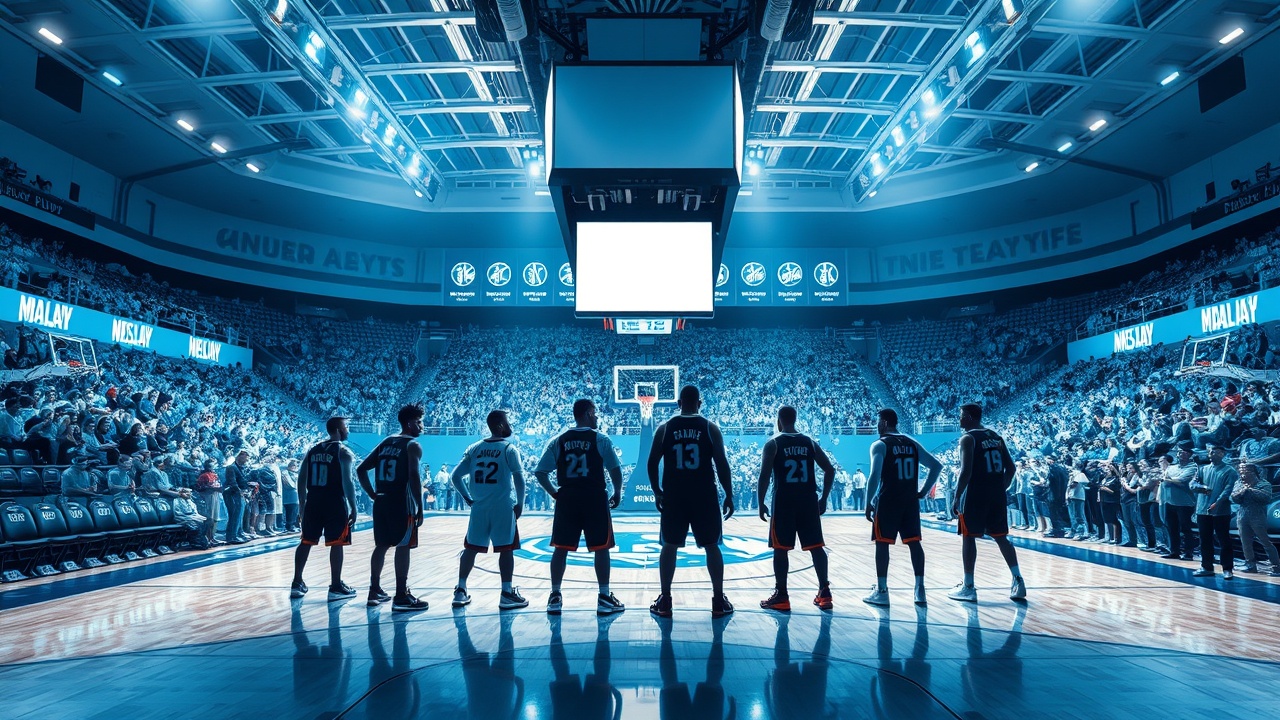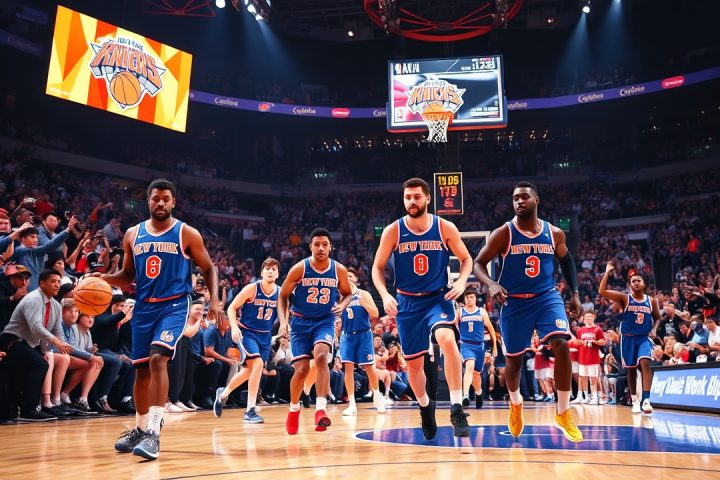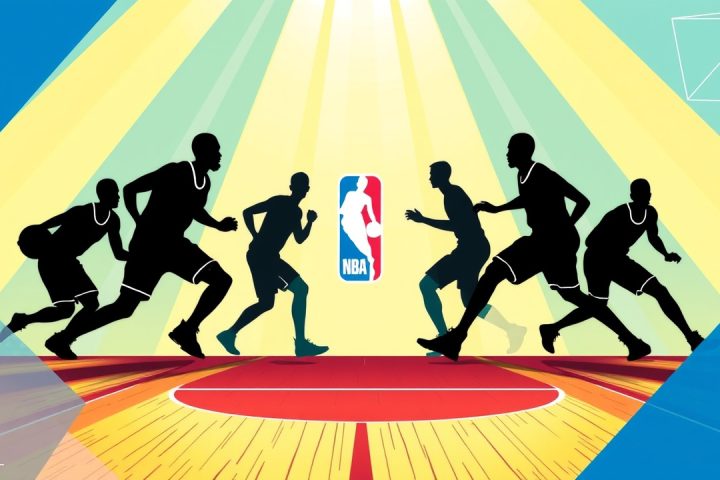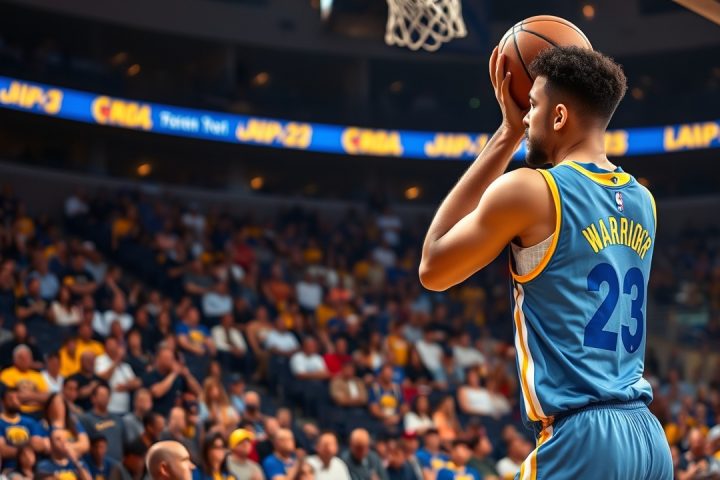NBA Free Agency Overview
As the basketball world gears up for the NBA free agency period set to commence on June 30, 2025, all eyes are on how various teams will navigate the complexities of the salary cap and player contracts. Initially, discussions between teams and their own free agents can begin a day after the conclusion of the NBA Finals, but the official start for players from other franchises is at 6 p.m. Eastern time on June 30 (a Monday). This timeline sets the stage for an active period as players and their agents scramble to secure the best possible contracts amid various restrictions and regulations set forth in the latest collective bargaining agreement (CBA).
Salary Cap and Apron Thresholds
A notable feature of the CBA is the introduction of two salary cap thresholds known as the ‘aprons’. The effects of these aprons play a significant role in how teams might strategize during free agency. The current salary cap for 2024-25 is pegged at $140.6 million, with the luxury-tax line sitting at $170.8 million. The first apron is established at $178.1 million and the second apron at $188.9 million. Owing to these measures, teams exceeding the luxury-tax limit may face hefty penalties that can escalate rapidly. In some instances, spending above the luxury-tax line could impose a tax multiplier, costing teams even more for added expenditures.
Future Projections
As the league prepares for the 2025-26 season, projections indicate an anticipated 10% increase in the salary cap to approximately $154.6 million, alongside rises in the luxury-tax line and apron thresholds. For instance, the first-apron threshold is expected to reach around $195.9 million in the following season. This increasing financial strain may force teams to adopt more conservative approaches to player acquisitions, especially in a market where high-profile free agents are not abundant.
Team Strategies and Trades
Interestingly, team dynamics also play a critical role, as seen with the Boston Celtics opting to unload salaries in a bid to maneuver below the second apron. In a noteworthy turn of events, the Celtics have traded Jrue Holiday to Portland while moving Kristaps Porziņģis to Atlanta, yielding significant savings in luxury-tax dollars. The Celtics’ general manager, Brad Stevens, highlighted the substantial pressure exerted by the second-apron penalties, admitting,
“You can’t overstate that.”
Teams such as the Cleveland Cavaliers and Phoenix Suns are projected to find themselves in this second apron territory, while others like the New York Knicks and Denver Nuggets seem to be steering clear. The current environment for trading and signing players reflects a strategic waiting game as franchises position themselves for the future; many are anticipating a more lucrative crop of free agents in the next offseason.
Anticipation for Free Agency
Amidst these financial considerations, the imminent free agency period likely will not yield many franchise-altering transactions due to a scarcity of teams with substantial cap space and top-tier unrestricted free agents in the market. However, that does not preclude a flurry of activity as NBA executives engage in behind-the-scenes discussions prior to the official opening of negotiations, often leading to a wave of “agreed upon” contracts being announced hastily at the start of free agency.
For fans and analysts alike, understanding the intricate workings of the salary cap and the implications of the CBA’s apron restrictions will be crucial to comprehending the forthcoming moves as teams brace for what promises to be a fascinating off-season. As the alert for free agency draws closer, anticipation grows, particularly around the status of elite players like Giannis Antetokounmpo, whose decisions could have seismic impacts on the landscape of the league.




